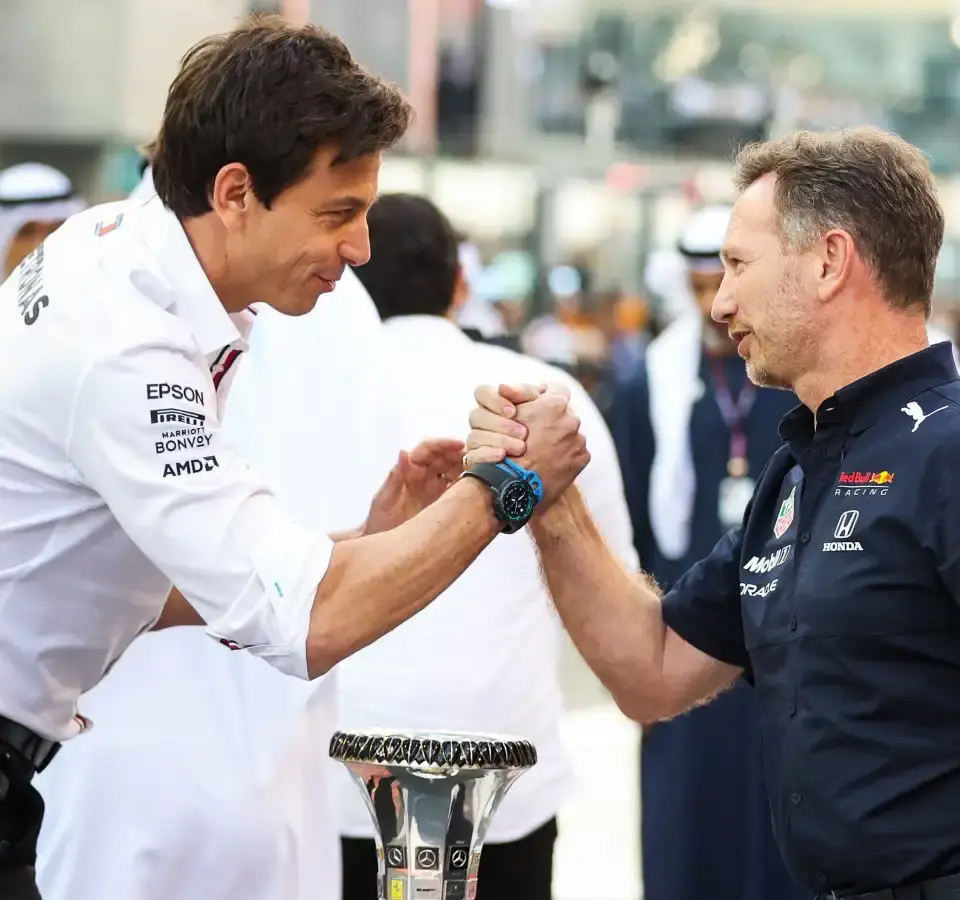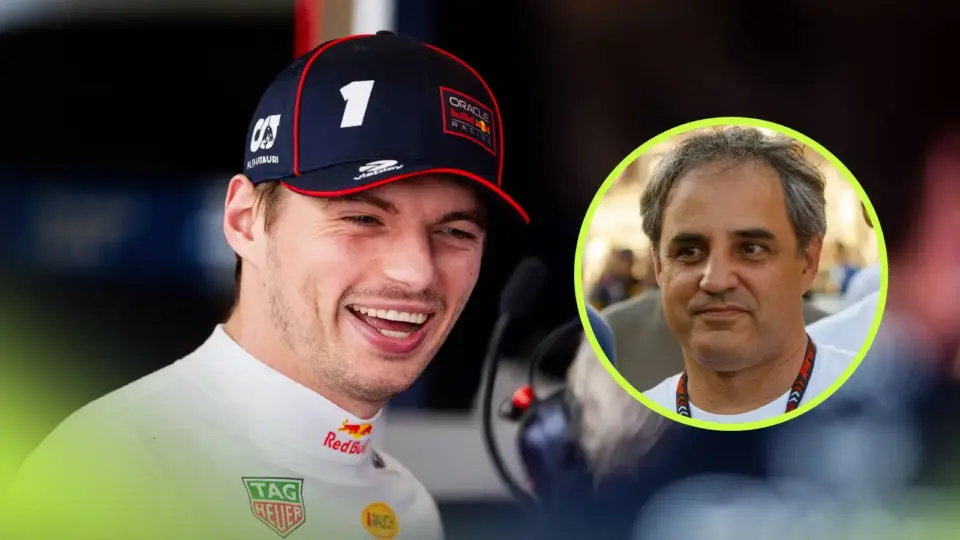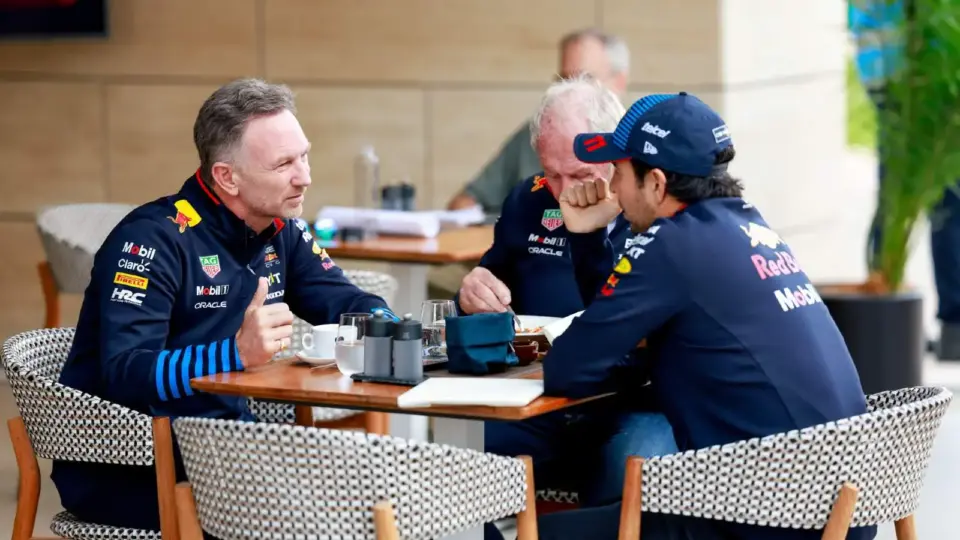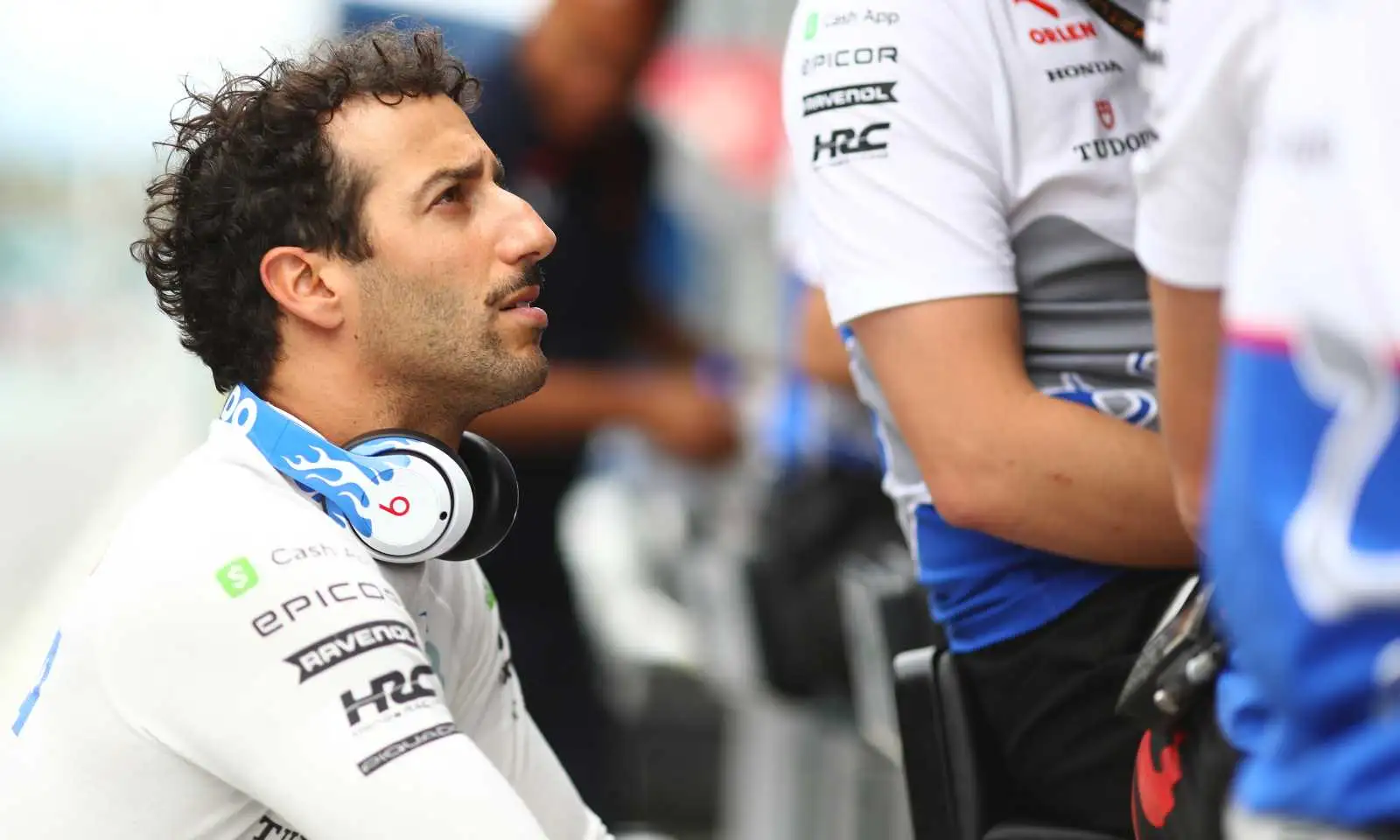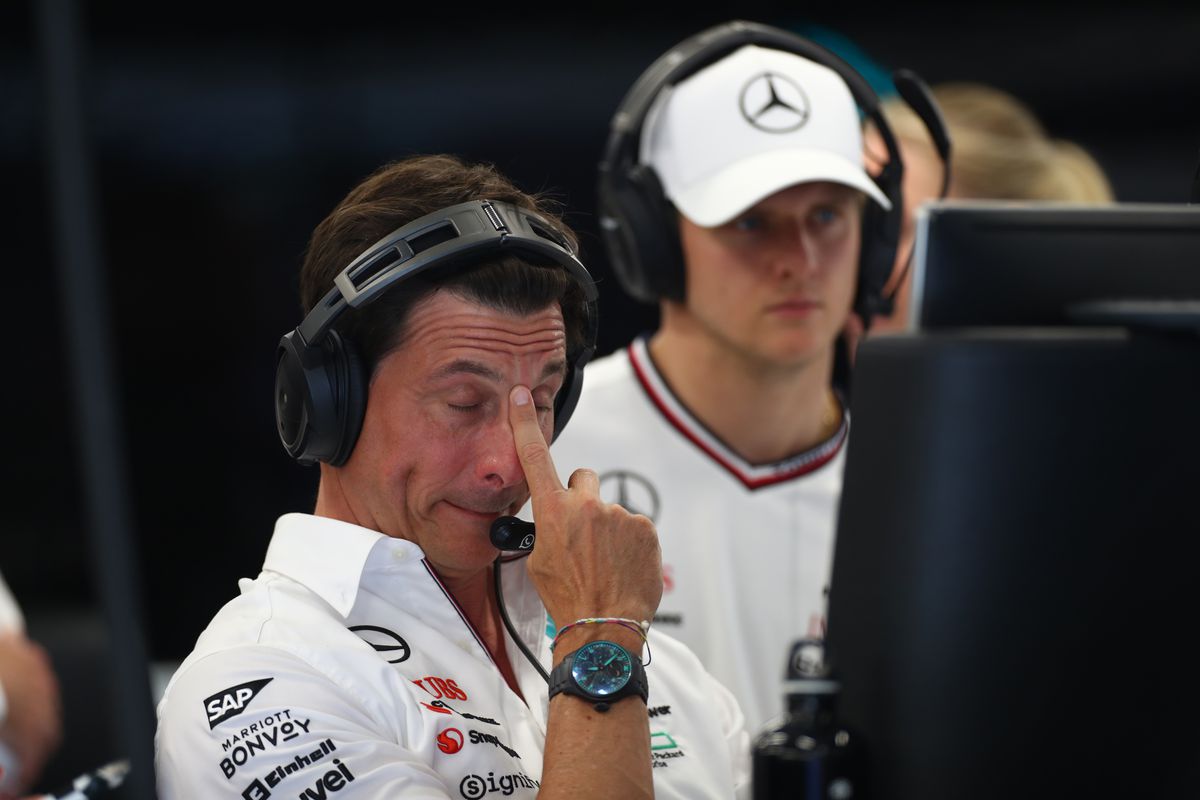The financial dynamics of F1 team principals have taken an intriguing turn with Toto Wolff reaching billionaire status, as revealed by Forbes.
- Wolff’s significant investment in Mercedes has paid off handsomely, reflecting his lucrative stake increase over the past decade.
- Christian Horner, leading Red Bull since its inception, follows closely on the wealth trail, boasting a substantial yearly salary.
- Ferrari’s Fred Vasseur is making waves, stepping up the wealth ladder as one of F1’s high-ranking team principals.
- Recent changes in team leadership positions highlight the varied pathways and financial standings of F1’s current team principals.
Toto Wolff, the driving force behind Mercedes, has made headlines by joining the elite list of sports billionaires, according to Forbes. With a professional background in banking, his astute investments in Formula 1, beginning with Williams in 2009, have certainly paid dividends. Wolff’s decision to acquire a 30% stake in Mercedes for $50 million in 2012 has proven astoundingly profitable, as the team’s success has mirrored his financial gains. Today, he owns a third of the Mercedes F1 operation, with his net worth reportedly increasing by $600 million in 2024 alone.
Christian Horner’s journey in F1 began when he became the youngest team principal at Red Bull in 2004. Under his leadership, the team has clinched numerous Drivers’ and Constructors’ championships, solidifying his reputation and financial success. Horner earns over $10 million annually, making him the highest-paid team principal on the grid. His initial steps in the racing world involved founding the Arden team, showcasing his deep roots and expertise in motorsports management.
Fred Vasseur’s transition to Ferrari has bolstered his status on the wealth list among F1 leaders. With a reported salary exceeding $5 million annually, his presence in the paddock has been notable since his days with Alfa Romeo Sauber and Renault. Vasseur’s current position at Ferrari is one of both prestige and pressure, yet his financial and professional trajectory seems set to ascend further.
Newcomers like James Vowles and Oliver Oakes reflect the evolving landscape of F1’s management hierarchy. Vowles, once a key strategist at Mercedes, now leads Williams, while Oakes, only 36, steers Alpine. Both bring fresh perspectives and substantial experience from their roles at renowned teams. Their appointments hint at exciting shifts in leadership and financial strategies within the sport.
Stella at McLaren and Komatsu at Haas exemplify the blend of experience and new challenges in team principal roles. Stella, known for his engineering acumen at Ferrari and McLaren, and Komatsu, who stepped up from Haas’s trackside engineering, highlight the depth of talent within F1’s management. Their careers emphasize the varied paths to leadership, where technical expertise merges with strategic oversight.
The dynamic shift in the wealth and leadership of F1 team principals continues to shape the sport’s future.
